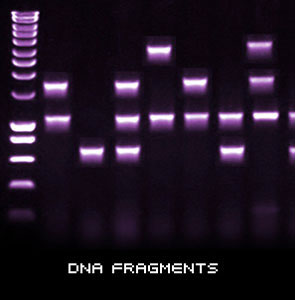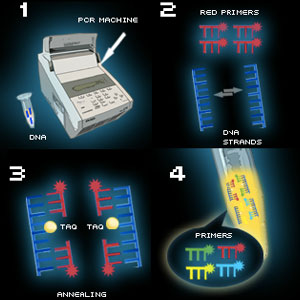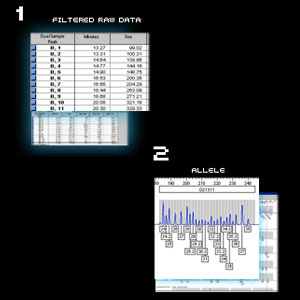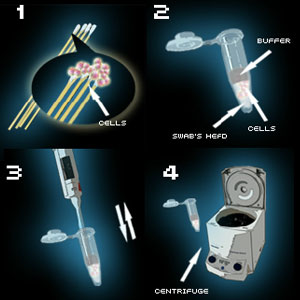It seems we can’t find what you’re looking for. Perhaps searching can help.
Menu
Already a Member?
Get Started
Main Menu
Help
Main Menu
About Us
Main Menu
QUESTIONS? SEND US AN EMAIL
support@dnaancestryproject.com
Let our team of specialists assist you with your account or help find the right test for you!
© Copyright 2024 DNA Ancestry Project























